Colonialism and “Race”
German Colonialism
The German colonial empire, which lasted slightly more than thirty years, was marked by the horrors inflicted on its indigenous populations. One of these was an event that has been identified as the 20th century’s first genocide. Germany, like all other colonial powers, exploited as much land and people as possible. Officially, German colonialism was set firmly on a mercantile basis. In fact, the notorious German colonial ruler Carl Peters wrote that “colonial foundations are in essence a business [Geschäft] for the states”. In this process, the indigenous populations were treated as an expendable obstruction, rather than as an exploitable resource. They also served, both in life and in death, as subject matter for the German scientific community.
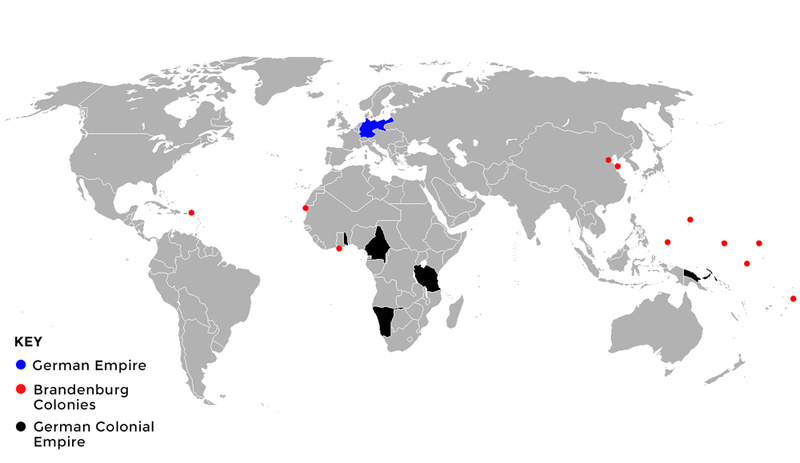
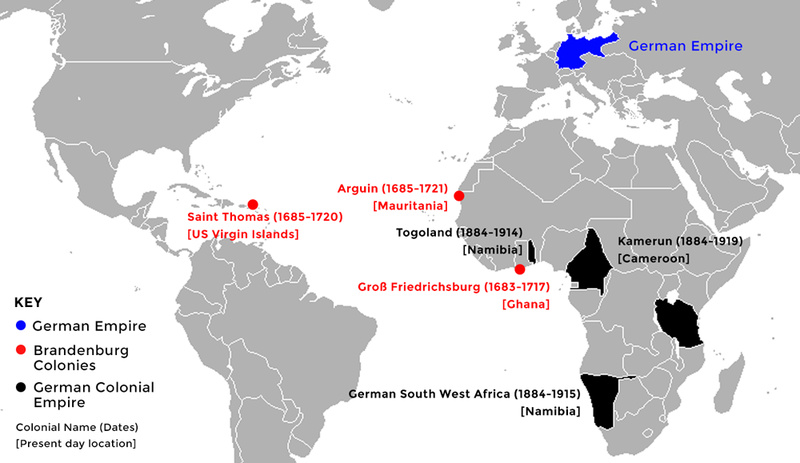
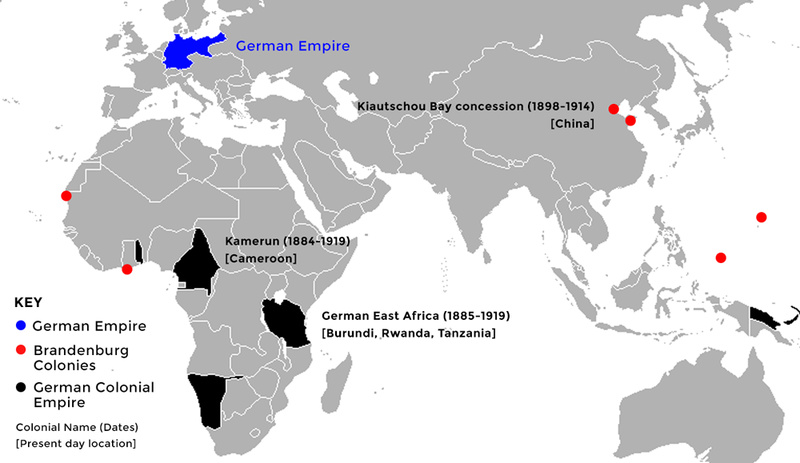
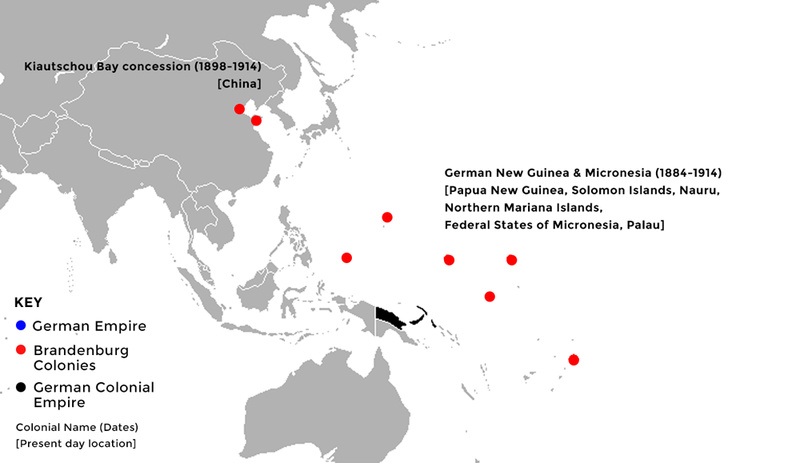
When the German administration seized indigenous land and livestock as “control measures” and turned over 70% of the land in German South-West Africa (today Namibia) to German settlers, the livelihood of the indigenous population was destroyed. The Herero and Nama, two of the main ethnic groups in German South-West Africa, were made dependent on the colonizers. Their oppression led to a rebellion against German colonial rule known as the Herero and Nama war of 1904-1908. Both ethnic groups were almost completely wiped out by the Germans under the explicit orders of General von Trotha. Although there were around 80,000 Herero before the war, only 15,000 remained by the 1911 census, while the originally 20,000 Nama numbered around 10,000. This was an act of genocide. Only in 2015 did the German government recognize this as an act of genocide. In addition, the 1905-1908 Maji-Maji War in German East Africa resulted in the deaths of at least 80,000 Africans, and nearly 300,000 from the subsequent starvation due to destruction of farmland.
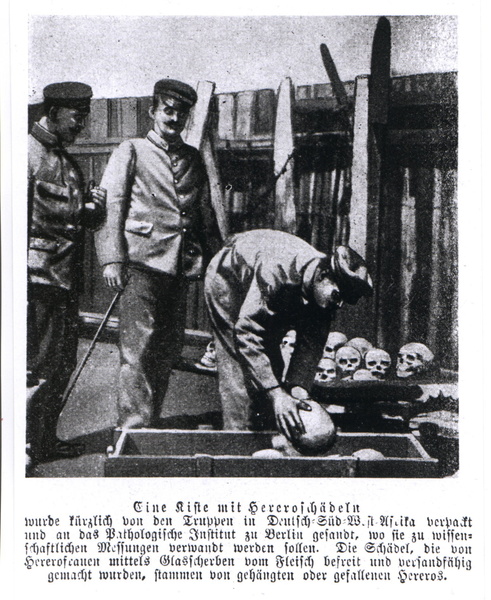
The loss of human life did not concern the colonial administration. In
the words of the colonial administrator, General Lothar von Trotha: “The
colonising race does not want to bring happiness to the indigenous population
but looks after its own advantage and profit.” Von Trotha argued that the
purpose of the war against the Herero and Nama was their annihilation: “African
tribes [sic] yield only to violence. To exercise this violence with crass
terrorism and even with gruesomeness was and is my policy.” Von Trotha
ordered the shooting of any Herero found on German territory. He also forced
surviving Herero into the Omaheke desert, where the water wells had been
poisoned by the German colonizers. There, most died in these conditions.
The few remaining Herero, for the most part women and children, along
with members of the Nama people, were placed in concentration camps, such as
the Shark Island (also called Death Island) Concentration Camp. This was
the first official use of the term Konzentrationslager by a German government.
In 1906, an official German military statement bluntly reported the
“annihilation of the Herero people.”
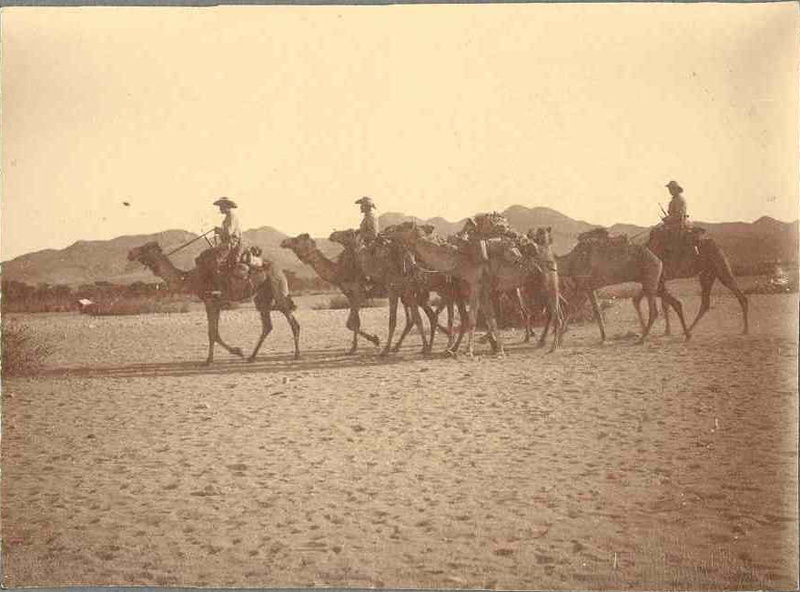


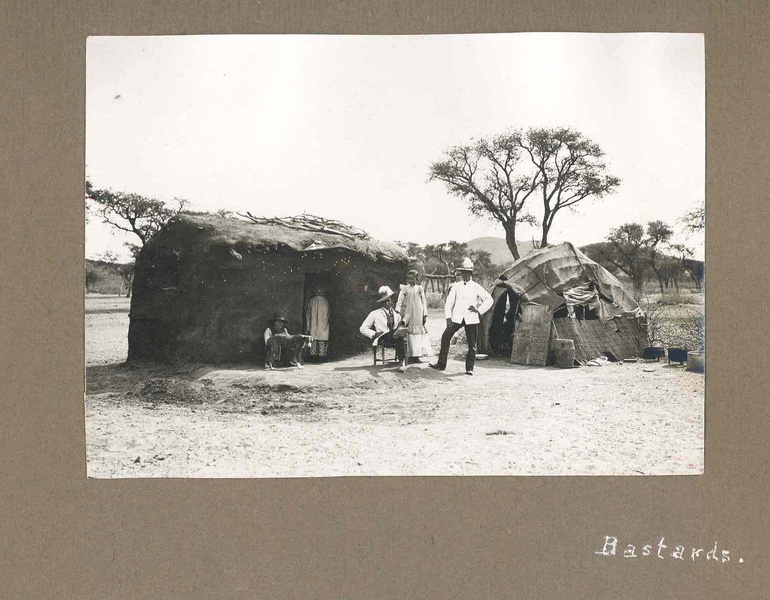
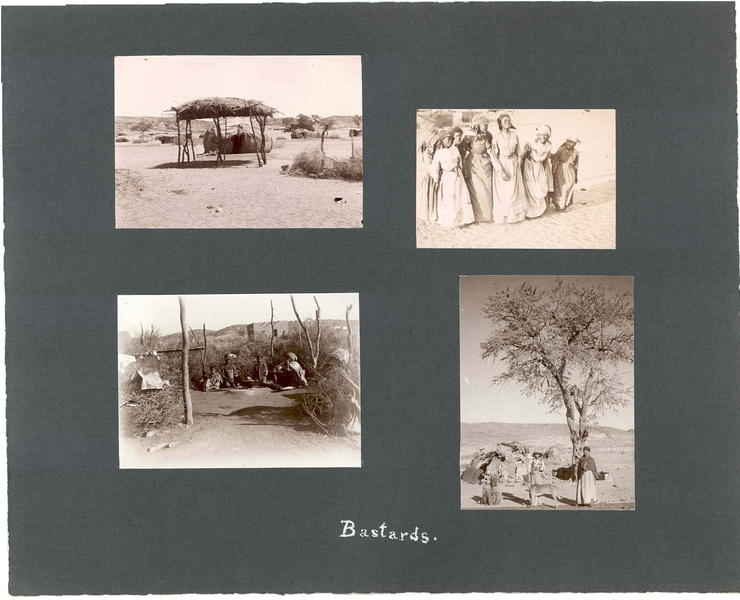
Sources:
- Conrad, S. (2012). German colonialism: A short history. Cambridge:
Cambridge University Press.
- Mamdani, M. (2002). When Victims Become Killers: Colonialism, Nativism,
and the Genocide in Rwanda. Princeton University Press, Princeton,
2001.
- Pogge von Strandmann, H. (2011). "The Purpose of German Colonialism, or the Long Shadow of Bismarck's Colonial Policy," in V. Langbehn & M. Salama, (Eds.), German Colonialism: Race, the Holocaust, and Postwar Germany. New York: Columbia University Press.
Manufacturing “Race” as a Scientific Category
The creation of “race” theory was based upon the relations between European
colonial powers and their colonies. In order to enforce colonial oppression,
Europe needed new categories to justify the political and legal separation
between the colonizer and the colonized. “Race” was thus used as a determining
factor for segregation: “Nordic race”/“Alpine race”/“Aryan race” vs. “N----
[N-Word]⊗ race”; white vs. Black, etc.
Yet, the concept of “race” also had to be scientifically constructed. European
scientists of different disciplines researched and theorized about what they
called “race”. Generally, the different “races” were understood in a hierarchy
of value in which the European “race(s)” would be considered the superior
one(s). Reproduction between Europeans and other so-called “inferior races”
were considered a threat to the European “race(s)” and a step backwards in
human evolution.
Thus, European scientists of different disciplines and institutes gave meaning and form to the “colonial order”, proclaiming to help the “civilisatory mission”, and thereby supporting the exploitation of people and resources in the colonies.
⊗ We refuse to reproduce the original words due to their racist and demeaning intent.
Source:
- Grosse, P. (2000). Kolonialismus, Eugenik und bürgerliche Gesellschaft in Deutschland 1850-1918. Frankfurt: Campus Verlag.
Manufacturing “Race” through Eugenics
The term eugenics was first used by Francis Galton (1822–1911), a scientist and “colonial explorer” from England. Eugenics consists of the selection and promotion of specific genetic characteristics of humans, such as certain body features. Its goal is the biological “betterment” of humanity or specific “races”. In Germany, the term “racial hygiene” was often used with the same meaning as “eugenics”.
By the beginning of the 20th century, eugenics was a widespread scientific and political movement. Many different countries adopted various eugenics policies such as forced sterilization and marriage restrictions, both to control and limit the sexual reproduction of specific groups. In Germany, for example, marriage between Jews, Roma, Sinti, and Black People on the one side, and people of “German blood” on the other side was forbidden in 1935. Especially the mentally ill and those considered of an “inferior race” were targeted by eugenicists, often being sterilized or even killed.
For the supporters of eugenics, reproduction with “inferior races” represented a threat to European “superior race(s)” and to the genetic evolution of “humanity”. Francis Galton himself, after his colonial expeditions in Africa, wrote reports clearly stating his racist belief in the inferiority of African people.
Source:
- Friedländer, S. (2008). Das Dritte Reich und die Juden. Die Jahre der
Verfolgung 1933–1939. Munich: Deutscher Taschenbuch Verlag.